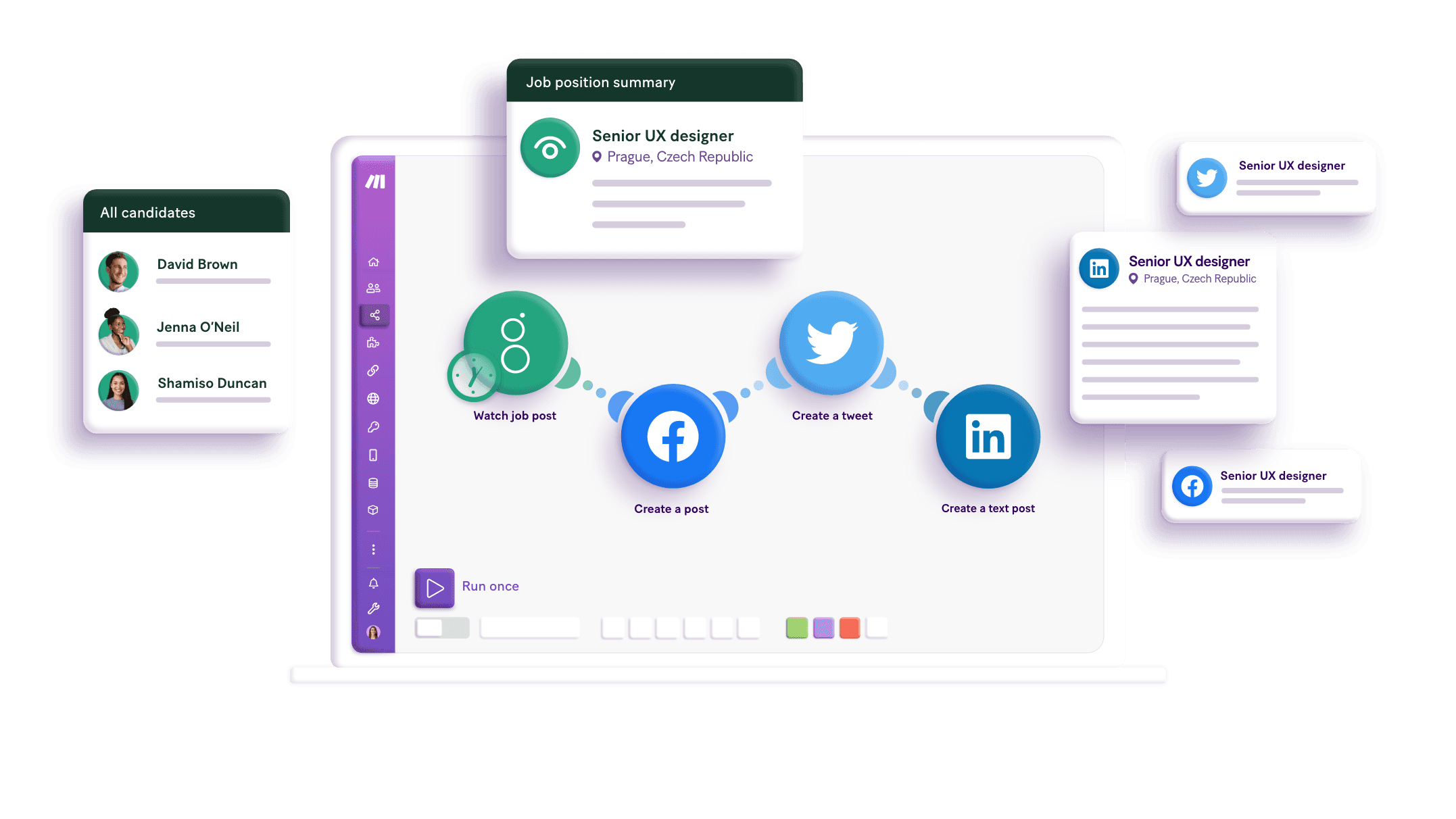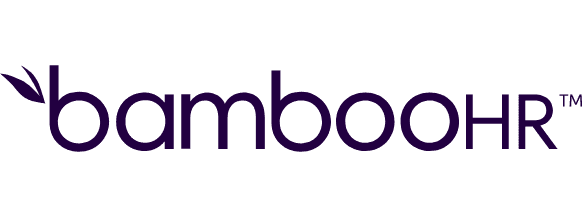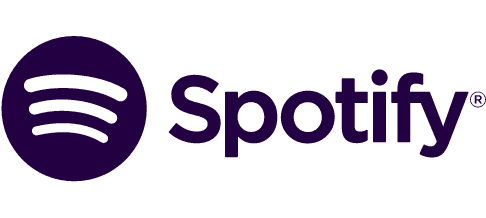Connect Buffer and PDF Generator API integrations
Connect Buffer and PDF Generator API with any of your favorite apps in just a few clicks. Design, build, and automate anything for your work by integrating apps like Buffer and PDF Generator API to create visual automated workflows. Choose from thousands of ready-made apps or use our no-code toolkit to connect to apps not yet in our library.
Trusted by thousands of fast-scaling organizations around the globe
Automate your work. Build something new.
Just drag and drop apps to automate existing workflows or build new complex processes. Solve problems across all areas and teams.

Build your Buffer and PDF Generator API integrations.
Create custom Buffer and PDF Generator API workflows by choosing triggers, actions, and searches. A trigger is an event that launches the workflow, an action is the event.
Creates a new status update in selected services.
Permanently removes a status update from a selected service.
Merges template with data and returns base64 encoded document or a public URL to a document. You can send JSON encoded data in the request body or a public URL to your JSON file as the data parameter. When the public URL option is used, the document is stored for 30 days and automatically deleted.
Performs an arbitrary authorized API call.
Edits a status update in a selected service.
Popular Buffer and PDF Generator API workflows.
Looking to get more out of Buffer and PDF Generator API? With Make you can visually integrate Buffer and PDF Generator API into any workflow to save time and resources — no coding required. Try any of these templates in just a few clicks.
FAQ
How it works
Traditional no-code iPaaS platforms are linear and non-intuitive. Make allows you to visually create, build, and automate without limits.





